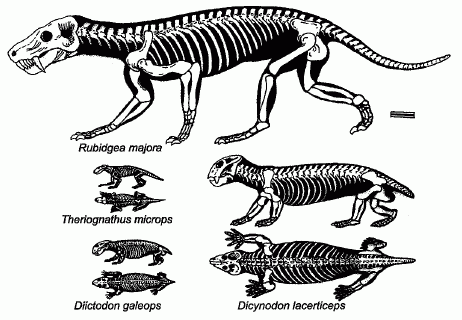Changhsingian
The Changhsingium ( less common also Changxingium ) is in Earth's history the top chronostratigraphic stage of the Late Permian or Lopingium. The stage begins geochronological before about 254.2 million years ago and ending about 252 200 000 years. The Changhsingium following the Wuchiapingium and is replaced by the indusium, the lowest level of the Triassic.
Naming and history
The Changhsingium is named after Changxing ( W.-G. Ch'ang- hsing ), Zhejiang Province, China, was established in the vicinity of the GSSP and after of Grabau (1923 ) named after the city of Changxing Limestone. From Furnish and Glenister (1970 ) was inspired to take on this name for a chronostratigraphic unit. Zhao et al. (1981 ) proposed then formally before the Changhsingium as chronostratigraphic stage. 2005 ratified the IUGS the Changhsingium as global chronostratigraphic stage.
Definition and GSSP
The base of Changhsiangiums is defined by the first appearance of the conodont species Clarkina wangi. The end of the stage is marked by the first appearance of the parvus conodont species Hindeodus. The GSSP (global valid type locality and type profile ) is the Meishan D profile near Changxing ( W.-G. Ch'ang- hsing ), Zhejiang Province, China.
Subdivision
The Changhsingium includes only one ammonite zone Iranites zone.







